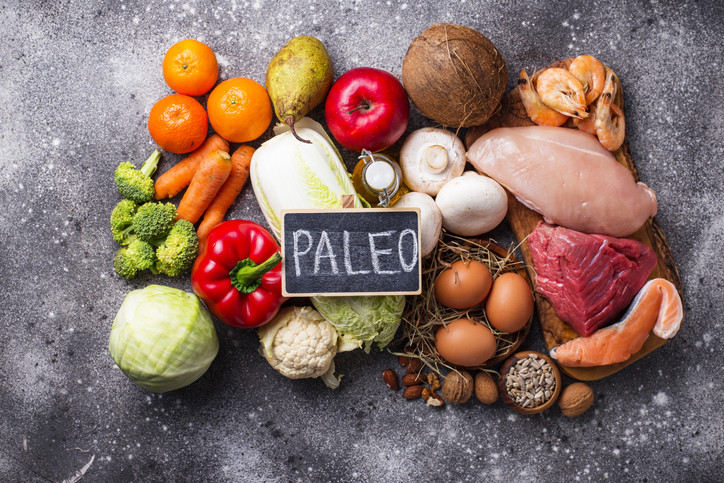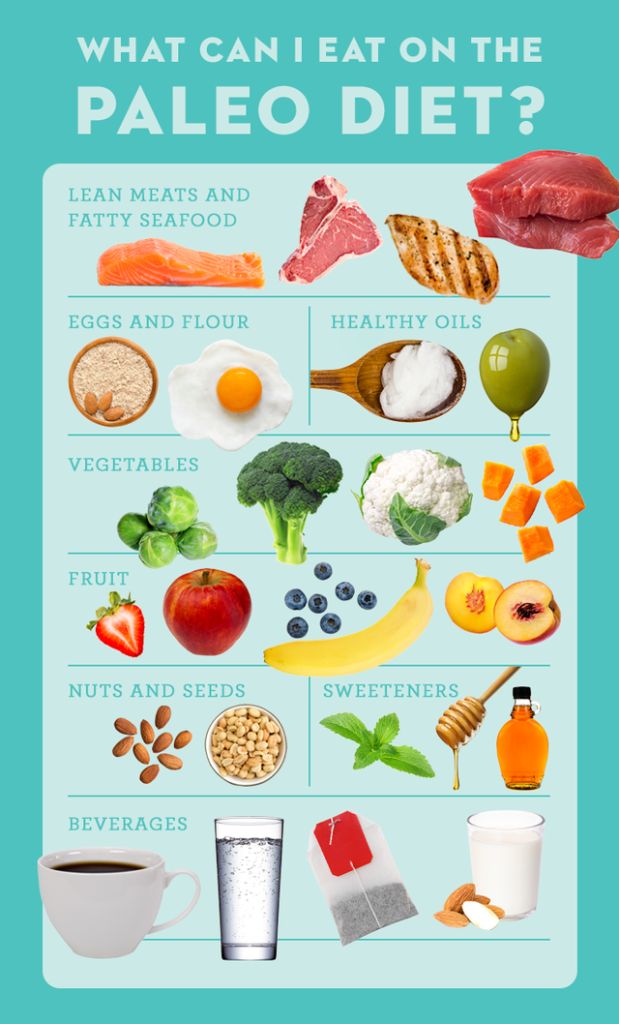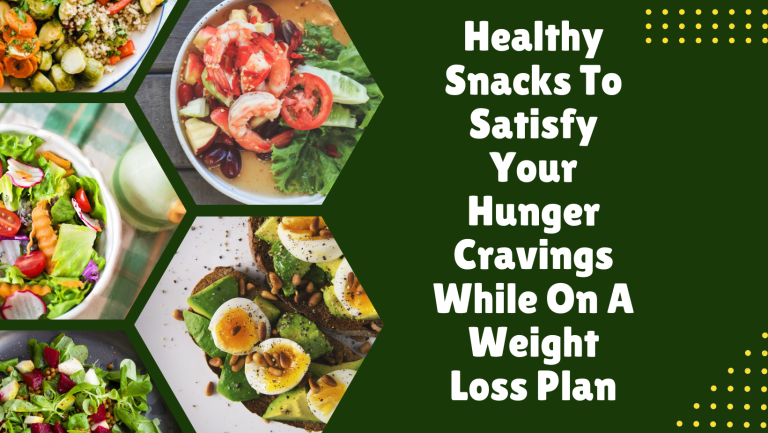The paleo diet was created based on the prehistoric human diet, but is it suitable for modern humans?
This eating regimen has several names: Paleolithic diet, Stone Age diet, caveman diet, hunter-gatherer diet, among others. All of them refer to a certain stage of prehistory: the Paleolithic. The paleo diet is based on foods obtained by hunting, gathering or fishing; such as eggs, insects, fruits, vegetables, nuts, seeds, mushrooms, herbs, spices and animals. Food availability was strongly influenced by climate and geography; in tropical regions, for example, vegetables predominate, while in colder regions, meat predominates.
A scientific hypothesis and it is summarized in: human beings are not adapted to consuming foods that arose with agriculture, this diet only includes lean meats, fish, fruits, vegetables, nuts and seeds, foods that could be obtained in the Paleolithic era through hunting and gathering.
Read Related: Is macrobiotic diet good for weight loss?
Reasons why the paleo diet is popular:
- Lose weight or maintain a healthy weight
- Helps you plan meals
Several scientific studies even mention that the paleo diet, based on lean meat, fish, vegetables and fruits, can be effective in the treatment and prevention of cardiovascular diseases, diabetes and insulin resistance.
What can I eat in paleo diet?
- Fruits
- Vegetables
- Seeds and nuts
- Lean meats, especially grass-fed or wild game
- Fish, especially those high in omega-3 fatty acids, such as salmon, mackerel, and albacore tuna
- Fruit and nut oils, such as olive oil
Does the Paleo diet work?
The paleo diet can help you lose weight or maintain your weight. It may also have other beneficial effects on health, such as:
- Better blood pressure control
- Lower amount of triglycerides
- Better appetite control
However, at the moment there are no long-term clinical studies about the possible risks and/or benefits of this diet.
You may get the same health benefits by getting enough exercise and eating a healthy, balanced diet with plenty of fruits and vegetables.

Paleo diet advantages
The paleo diet includes a large amount of vegetables, fruits and nuts, all of these elements are part of a healthy diet.
The Paleo diet, when incorporating fish, is rich in polyunsaturated fats such as omega 3, which is associated with anti-inflammatory effects and this has a beneficial effect on diseases such as atherosclerosis, inflamed intestine, cardiovascular disease and some allergic diseases; It also does not include processed foods, so the sodium content is lower. The daily intake recommendation is 2.3 g per day to avoid cardiovascular problems. A high salt intake is associated with high blood pressure.
Processed foods, being rich in simple carbohydrates, produce hyperglycemia. The Paleo diet, by avoiding these foods, has seen a decrease in blood glucose and insulin resistance, thus preventing the development of diabetes.
Disadvantages of Paleo diet
The main difference between the paleo diet and other diets is the absence of whole grains and legumes, which are considered a good source of fiber, vitamins and other nutrients.
Dairy products are also absent, so it is low in calcium and vitamin D, due to this the use of supplements may be necessary in order to prevent the loss of bone minerals which is a risk factor for developing osteoporosis.
These foods are not only considered healthy but are also usually more accessible and cheaper than meat and nuts. For some, the paleo diet can be much more expensive.
Various people who have carried it out mention that it is difficult to sustain over time and tasteless.
Paleo diet menu example
- Breakfast: Melon accompanied by smoked salmon.
- Food: Shrimp or prawn salad, spinach or other vegetables. Dressed with lemon juice, olive oil and spices.
- Dinner: lean pork chops, steamed broccoli and green salad dressed with lemon juice.
- Snack or dessert ideas: Blueberries and chopped almonds.

Benefits: Why Go Paleo?
Here are some of the potential benefits of the Paleo Diet:
- Weight Loss: Many Paleo Diet followers report weight loss and improved body composition, owing to the emphasis on whole, nutrient-dense meals and the avoidance of processed and high-calorie items.
- Improved Blood Sugar Control: The diet’s emphasis on low-glycemic foods including fruits, vegetables, and lean proteins may help stabilize blood sugar levels, which can be useful for people with type 2 diabetes or at risk of getting it.
- Increased Nutrient Intake: The diet encourages the eating of a variety of fruits, vegetables, nuts, and seeds, which provide critical vitamins, minerals, and antioxidants.
- Reduced Inflammation: By limiting processed foods and grains, which can lead to inflammation in some people, the Paleo Diet may help reduce general inflammation in the body.
- Improved Digestion: Some people claim that following a Paleo-style diet improves their digestive health and reduces gastrointestinal symptoms like bloating and gas.
- Improved Satiety: Protein-rich diets and healthy fats can improve feelings of fullness and satiety, potentially lowering overall calorie intake.
- Support for Allergies and Sensitivities: For people who have lactose intolerance or gluten sensitivity, avoiding dairy and wheat can be beneficial.
- Improved Lipid Profiles: Some research suggests that the Paleo Diet can result in improved lipid profiles, such as lower triglycerides and higher HDL (good) cholesterol.
Who Should not go for paleo diet?
While the Paleo Diet may be beneficial for some people, it may not be suitable for everyone. The following folks should use caution or avoid the Paleo Diet:
- People with Certain Medical Issues: If you have certain medical issues, you should contact a healthcare practitioner or qualified dietitian before beginning the Paleo Diet. Conditions such as kidney illness, liver disease, pancreatitis, and some gastrointestinal disorders may necessitate dietary limitations that contradict the Paleo Diet.
- Women who are pregnant or breastfeeding: Pregnant and nursing women require more calcium and folate. Because the Paleo Diet is so stringent, pregnant and nursing women should seek advice on acceptable nutritional choices.
- Athletes and Highly Active People: Athletes and people who participate in strenuous physical exercise may require extra carbohydrates for energy and recovery. Because of the Paleo Diet’s low carbohydrate content, changes may be required.
- Children and Adolescents: Children and adolescents have unique nutrient requirements for growth and development. Restricting dietary groups like dairy and whole grains, which give critical nutrients like calcium and fiber, may not be acceptable for this age range without careful planning.
- People at Risk of Nutrient Deficiencies: Eliminating entire food groups, such as dairy and wheat, might raise the risk of vitamin shortages if not sufficiently replaced. Calcium from dairy products and fiber from whole grains, for example, can be difficult to replace altogether.
- Individuals on Medications: Because some medications may interact with dietary choices, it is recommended that individuals using specific medications discuss dietary adjustments with their healthcare provider.
- People Looking for a Long-Term Sustainable Diet: The Paleo Diet’s rigorous character may make it difficult to maintain in the long run. Dietary sustainability and enjoyment are critical variables for long-term dietary success.
Comparison: Paleo vs. Keto – What’s the Difference
- Keto (Ketogenic Diet):
- The main goal of the ketogenic diet is to get the body into a state of ketosis, where it burns fat for energy instead of carbohydrates. This is accomplished by consuming extremely little carbohydrates, approximately 5-10% of total daily calorie intake.
- Macronutrients: A normal keto diet is high in fat (70-80% of daily calories) and moderate in protein (20-25% of daily calories).
- The ketogenic diet is frequently used to lose weight, manage epilepsy, and improve blood sugar management in people with diabetes.
- Paleo (Paleolithic Diet):
- The paleo diet is built on the idea of consuming foods that were available to our hunter-gatherer ancestors during the Paleolithic epoch. The emphasis is on natural, unadulterated foods.
- Macronutrients: While not as stringent as keto, paleo often recommends a balanced consumption of macronutrients. It does not specify fat, carbohydrate, or protein percentages.
- Paleo is popular for its purported health benefits, including as improved digestion, weight management, and avoiding processed and potentially inflammatory foods.
Conclusion: Wrap-up Time!
Going Paleo isn’t just about eating like a caveman; it’s about making informed choices for a healthier lifestyle. Remember, before switching diets, chat with a health expert for personalized advice!










Hi there, just became alert to your blog through Google, and found that
it’s truly informative. I am going to watch out for brussels.
I’ll be grateful if you continue this in future.
Many people will be benefited from your writing. Cheers!